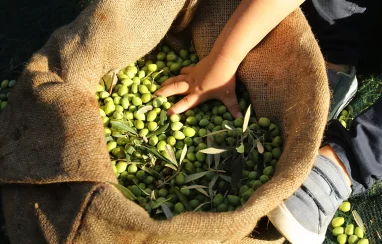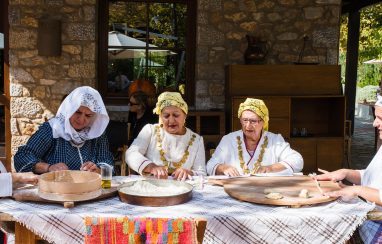Edited by Paulina Björk Kapsalis
If there’s one day that feels like the beginning of summer in Messinia, it is May Day. The warmth of spring has settled, and all over Greece young and old pour out of cities and towns, heading to the countryside. As every year, Costa Navarino and the surrounding villages of Messinia fill with people ready to celebrate the official end of the winter period.
One of the few non-religious public holidays in the country, it is celebrated with armfuls of flowers. Daisies, poppies, pink rockrose, lavender, and dozens of other types of wildflowers that bloom in the Messinian countryside take center stage on this day, as families and friends get together to pick generous bouquets and weave colorful wreaths to decorate the doors of their village homes, or the balconies of their city apartments.
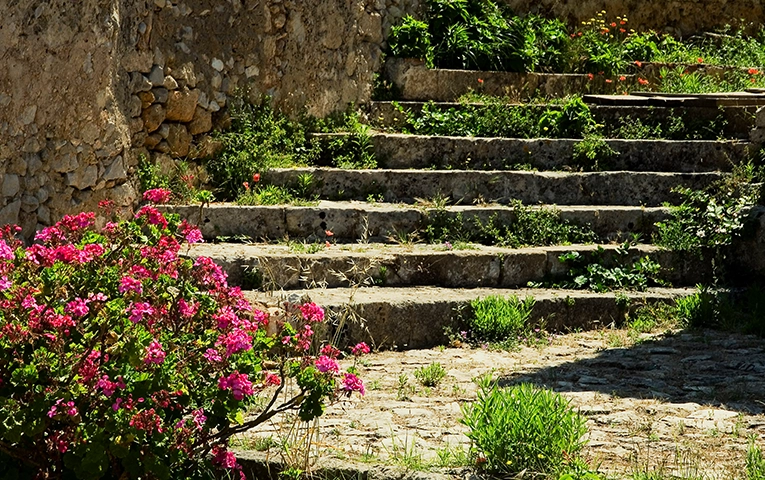
Much like in many other countries in the northern hemisphere, May Day has always been connected with both honoring the dead and rejoicing in the rebirth of nature. Long before the first of the month became International Labor Day in honor of the May 1886 workers’ uprising in Chicago, “Protomagia,” as it is known in Greek, was naturally chosen as a day for celebration. The improving weather and coming of summer needed to be marked, as did the reawakening of nature, which, following the cold dark days of winter, sparked feelings of an amorous nature. In May, the warmer temperatures and longer days would make long journeys feasible once again, allowing the return of travelers to their home villages. It was also the month connected to many rituals and superstitions – the month of magic.
Many years ago, communities would come together to celebrate the arrival of spring, as the protection of the health of a community required big group events. The children of the villages would gather crowned with flowers and holding branches of fruit-bearing trees, and sing of the coming of spring. Today, the gatherings are smaller, but we still enjoy our time spent together outside, on picnics in nature, making wreaths.
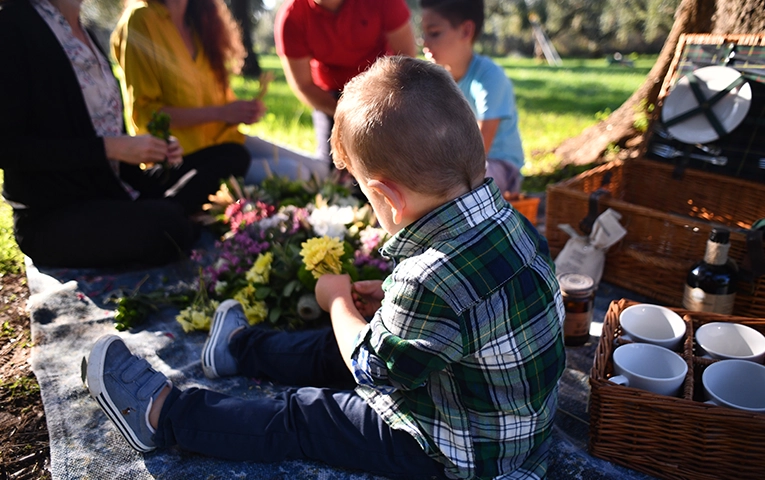
The May wreaths
While many of the old Protomagia customs have now been forgotten, the making of wreaths is a long-standing tradition in all towns and villages across the country. Traditionally, they were made of thin and flexible branches of dogwood or vines, which were then decorated with flowers, young branches from fruit-bearing trees such as almond, fig and pomegranate trees, or the stalks of wheat, barley, onion, and garlic – the latter said to ward off the evil eye. The inclusion of greenery, meanwhile, had the aim of transferring its vivacity and fertility on to the people. In the farming villages of Messinia, bouquets of flowers containing fresh branches of olive, fig, and orange trees, as well as cuttings from plants meant to ward off evil such as nettles, garlic, henbane, and other thorn-covered plants, would be hung on the doors of homes.
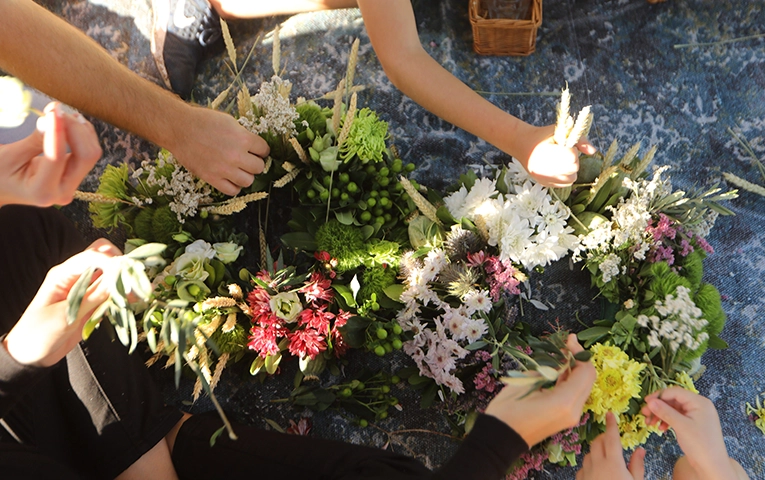
Slowly withering, the wreaths would remain in place until midsummer. On the feast day of Aghios Ioannis Klidonas, on June 24, bonfires would be lit in the streets and squares and the wreaths would be flung on them. Children would then jump over the fire three times. Today, the Midsummer fires are largely restricted to a few rural areas, but the custom of making fragrant May Day flower wreaths remains widely popular, both as beloved sign of spring, and as a sacred memory from our past.
[Edited version of an article previously published at Greece-Is.com.]
